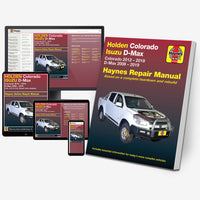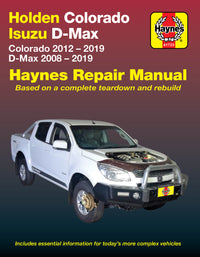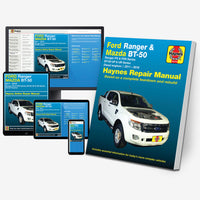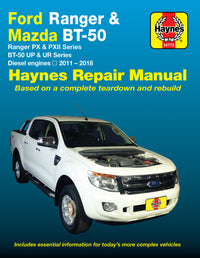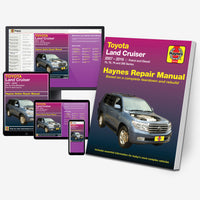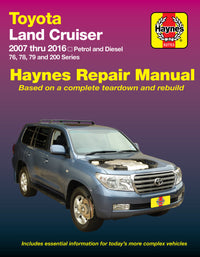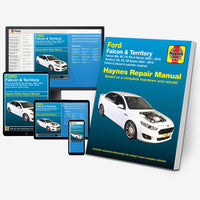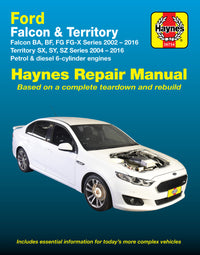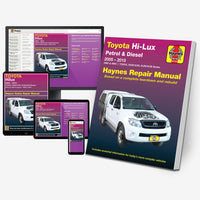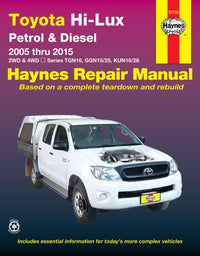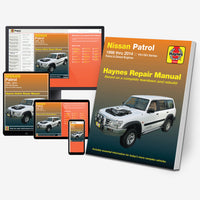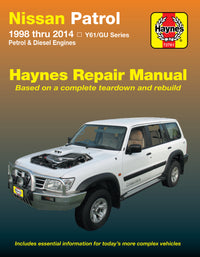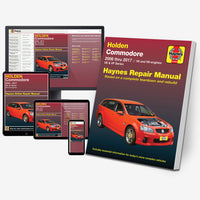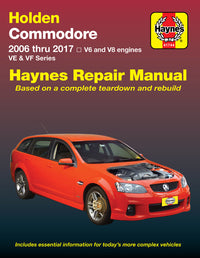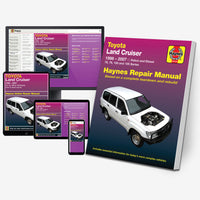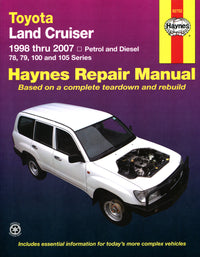
CRUNCH! The noise of rending metal, the screech of tyres being flat-spotted on rough Tarmac, and a tinkle of breaking glass. Then silence, and a wisp of steam as your car’s lifeblood seeps onto the road.
Accidents happen. There's nothing you can do about it, because it’s part of the human condition to be fallible. So, even if you’re driving along perfectly correctly, someone else might not be, and quite often an unplanned vehicle-interface situation is the result. Even if no one is injured, it’s an emotional time, but there are some things that you absolutely must do following such an incident, to keep yourself on the right side of the law and the insurance companies.

The first five minutes
Stop the car, turn on the hazard warning lights and switch off the engine. Then, if you have anyone else in the car, make sure they’re uninjured. If they are, call 000 for emergency assistance.
You’ll also need to do this if the other driver hasn't given their details, you suspect they're under the influence of drugs or alcohol or the crash has left fluids behind or blocked the road.

Share details with the other drivers
The law says you need to exchange details with the other party (including the property owner if that's been damaged). The info you require is:
1. Their name and address
2. Their contact details
3. The car registration number, make, model and colour
4. Their insurance policy details
5. Their driving licence number
6. Who the other vehicle’s owner is (if not the driver)
7. It’s also a good idea to take down the details of any passengers in the other vehicle, plus those of any witnesses.

Write down the date and time of the accident, the speed and direction in which you were travelling, and take a note of the prevailing weather and road conditions. If there were witnesses, ask them for their contact details.
If your car has a dash cam, make sure you recover the footage, especially if the vehicle can't be driven and has to be towed away.
Use your smartphone to take lots of pictures of all the damage caused to each vehicle, as well as the scene of the accident from several angles, and write down all of the damage you can see.

Call your insurance provider
If you can, call your insurer while you’re at the scene. However, if this is not possible, you must call and let the insurance company know as soon as possible.
This applies even if you don’t intend to make a claim, because you’ll want to get your side of the story on record before the other driver has a chance to.
Martynn Randall is technical editor at Haynes and has been with us for approaching 30 years. He's written more than 60 Haynes publications and has owned more than 85 cars and 60 motorbikes... so far!

